Hanoi Port in Disrepair
After nearly 8 years of equitization, Hanoi Port - belonging to the Waterway Transport Corporation (VIVASO) is largely abandoned, overgrown with trees, many rows of houses are dilapidated or "cut up" for rent.
We were at Hanoi port in mid-November, and in contrast to the bustling scene of trucks and cargo vehicles going in and out of the rented warehouses in the port were rusty piers exposed to the elements. Mr. T., a security guard there, said that each day there were only a few ships coming to "pick up goods". At the time we were there, there were only two ships waiting to unload goods, mainly cement.
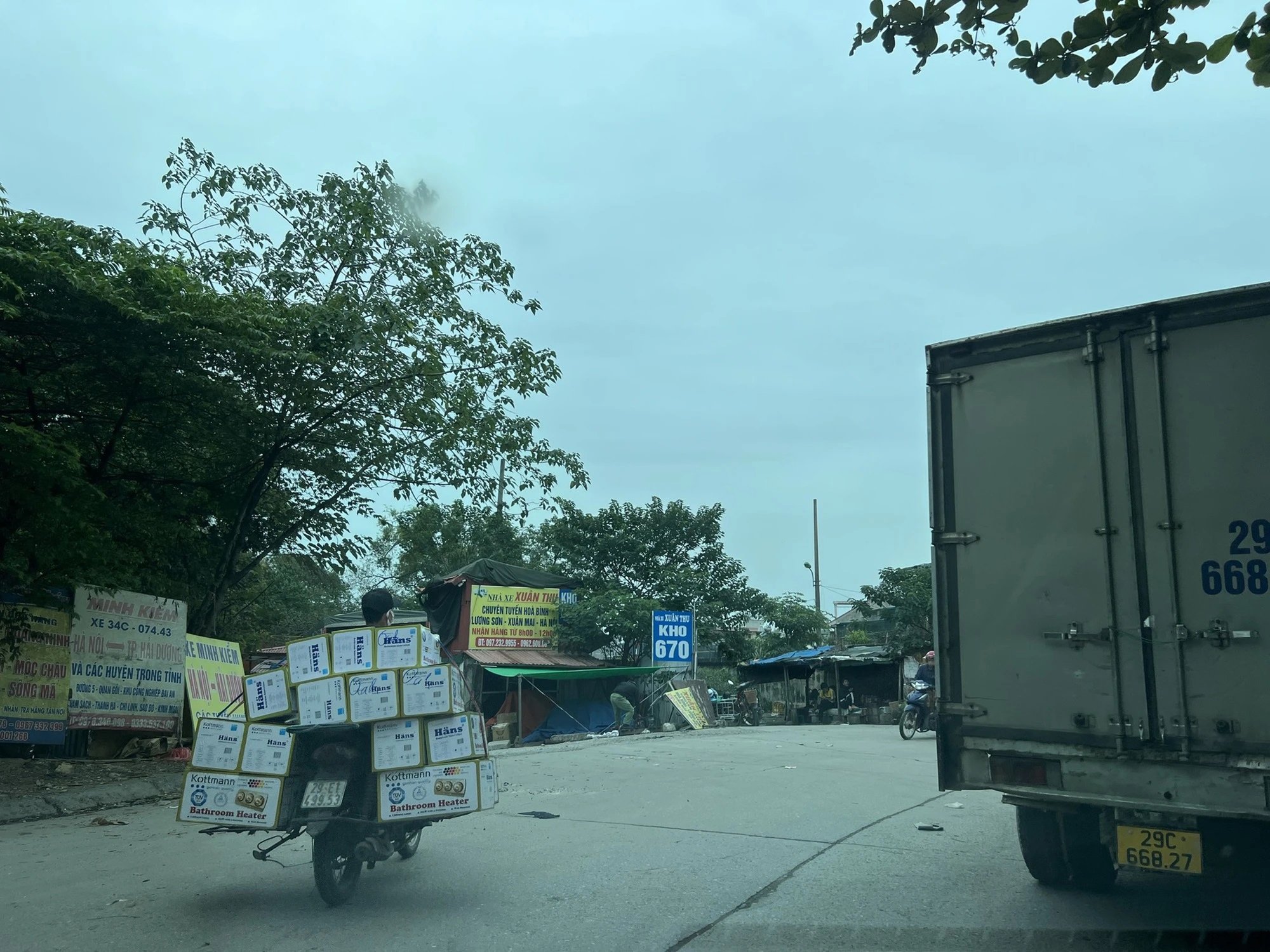
Inside Hanoi port has been turned into a warehouse rental point for shipping companies.
Finding the way down to the port is very difficult, the entrance is very small because it is crowded between rented warehouses surrounding the road along the Red River. Some piers do not even have cranes to load and unload goods, lying rusty and covered in trash. Meanwhile, along the entrance to Hanoi port on Bach Dang street, more than 1 km, there are roughly hundreds of large and small warehouses of transport companies running to provinces across the country from Cao Bang, Bac Kan to Nghe An, Thanh Hoa. Small and large trucks, motorbike taxis carrying goods come and go continuously. There are warehouses of only a few hundred square meters but are the receiving place for dozens of transport companies on all routes.
The rusty sign "Hanoi Port - Production Area - No unauthorized persons or vehicles allowed to enter or exit the port" lies in an unnoticed corner. Inside the signposted area, which is the main operating area of the port, there are currently only warehouse rental units operating.
At the time of VIVASO's IPO, the company's goods value was estimated at VND327 billion. This price was once commented to be "equivalent to a house in the old quarter", but it included the entire asset system of one of the leading enterprises in water transport. Among them were many ports, many newly built wharves of great value, many wharves with historical value existing from the French period.
According to the approved equitization plan, in January 2014, the parent company - VIVASO issued 32.7 million shares, the state held 49% of the charter capital. After 2 subsequent divestments, from April 2016, VIVASO no longer had state capital. The new "owner" of VIVASO is Van Cuong Construction Joint Stock Company of Mr. Nguyen Thuy Nguyen. This is also the owner who bought back Vietnam Feature Film Studio (VIVASO held 65% of shares) and was involved in many lawsuits.
Van Cuong's scenario of acquiring VIVASO is similar to the scenario of acquiring Vietnam Feature Film Studio. In March 2014, VIVASO held its initial public offering, offering 15 million shares, but then only sold more than 550,000 shares. Van Cuong Company then sent a document requesting to buy back all of the more than 14 million unsold shares and was approved by the Ministry of Transport, allowing Van Cuong to negotiate and agree to buy back shares with VIVASO.
Good deals
In 2022, Vietnam Automobile Industry Corporation (Vinamotor) set a plan to produce and assemble 800 cars of all kinds, but the actual number of cars was 13, reaching only 2%. The sales target for all kinds of cars was also 806 cars, but the actual sales target was 106 cars. Revenue from core business activities only reached over 59 billion VND (compared to the plan of 342 billion VND), reaching 17%; labor export only reached 7 people (target of 220 people - corresponding to only 3% of the plan).
These figures clearly show the decline and backwardness in automobile production, assembly and consumption of a company that used to hold the leading position in the industry before equitization, compared to its competitors, which are currently strong private car companies. In 2013, before equitization, Vinamotor achieved revenue of VND5,606 billion; production and assembly of all types of cars reached 4,105 vehicles; labor export reached 3,980 people...
At the time of Vinamotor's equitization in 2015, although many giants in the automobile industry at that time wanted to own shares of this car company such as TMT Automobile Company, Sacom Investment and Development Company..., they did not meet the strict regulations set by the Ministry of Transport (the auction participants must have a minimum equity of VND 926 billion, no accumulated losses and a commitment not to transfer shares within 5 years).
With a price of VND 1,250 billion, owning Vinamotor is considered a bargain, not only because of Vinamotor's position in the truck manufacturing and assembly industry, but more importantly because of the large land fund that this company owns. In early 2016, the investor who won the purchase of the entire 97.7% stake and became Vinamotor's strategic investor was NA Vietnam Motor Company Limited (Vinamco) - a company related to BRG Group. Ms. Tran Thi Tuyet Nhung, who held the position of Director of Business Development (BRG Group Joint Stock Company) and Vice President of NA Vietnam Motor Company Limited at that time, took on the position of Chairwoman of Vinamotor's Board of Directors.
C EQUITIZATION or acquisition of prime land?
Not only Vinamotor, Vinamco also acquired all 65% of shares of Hanoi Trading Corporation (Hapro) in 2018 to become a strategic shareholder. Unable to compete in the retail sector and having a rather poor business before the IPO, Hapro still owns a desirable land fund.
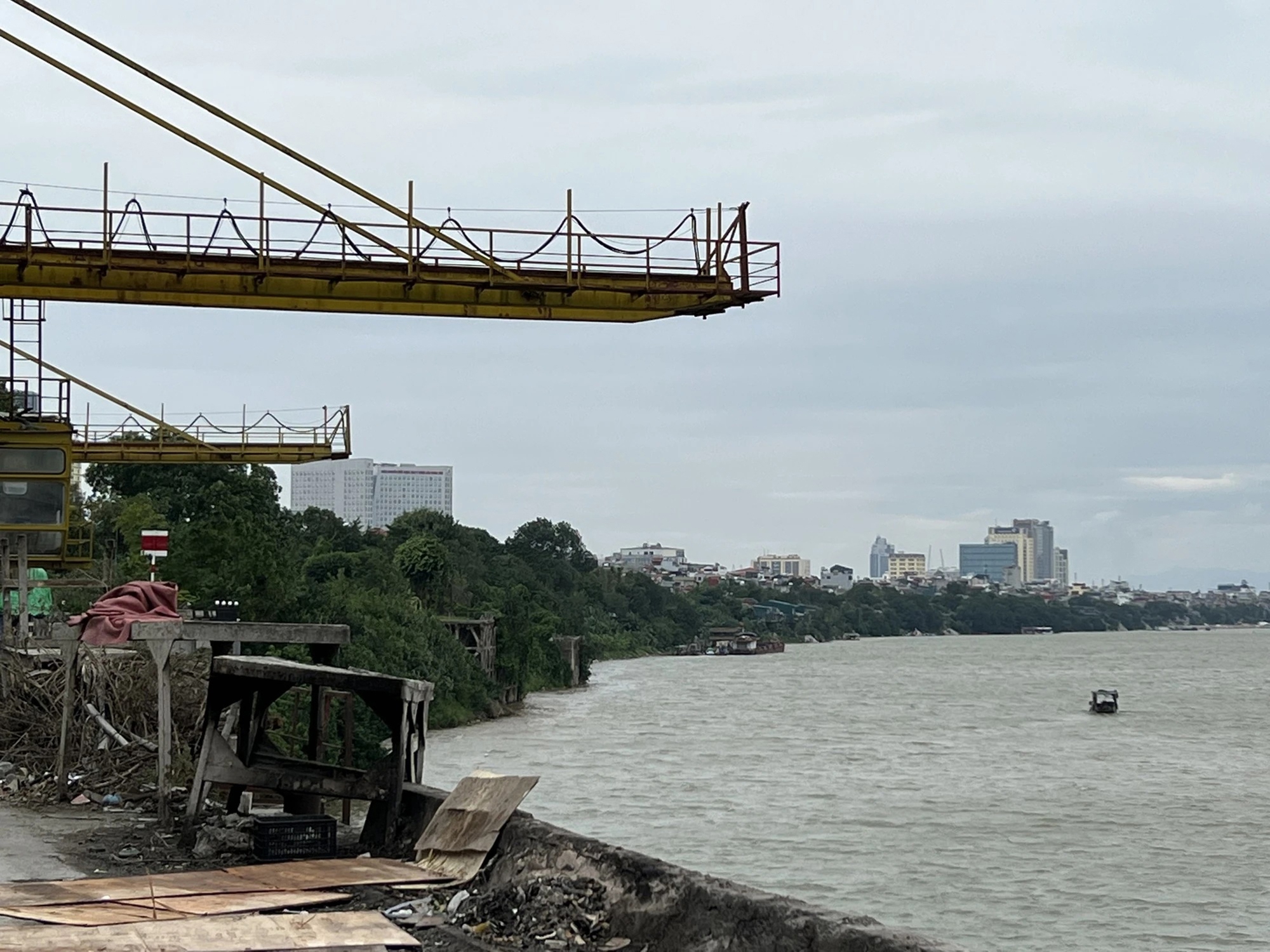
Rusty piers, lying among the trash at Hanoi port
According to Hapro's information announcement, before equitization, the Corporation was managing and using 183 houses and land. After equitization, Hapro continued to manage and use 114 locations, including 96 houses and land in Hanoi. Hapro Holdings - a member company of Hapro, established in 2007, specializes in investing in commercial premises and real estate projects in Hanoi and other provinces and cities...
With VIVASO, this enterprise was once known as a strong brand in the field of water and road transport and cargo handling. In particular, there is also a port system with many factory and warehouse lands at important traffic hubs... However, VIVASO's advantage is also the golden lands in the North, including the largest river ports in the region such as Hanoi port, Viet Tri port, Ninh Phuc port, Hoa Binh port, Ha Bac port... In addition, VIVASO's headquarters at 158 Nguyen Van Cu (Long Bien District, Hanoi) is also considered golden land with an area of nearly 800 m2 . Since the time of equitization, VIVASO has not registered to trade or list shares on the stock exchange.
The Government Inspectorate has pointed out a series of violations related to the equitization process of VIVASO. In particular, the equitization plan is inaccurate, the assets of Viet Tri port and Ninh Phuc port were completed in 2015 but have not yet been handed over for exploitation and use according to regulations, leading to the risk of wasting investment capital of nearly 135 billion VND...
In particular, the Government Inspectorate recommended transferring the case file of VIVASO's equitization to the Ministry of Public Security and the Supreme People's Procuracy to receive and clarify the content of the equitization with assets formed from the use of WB6 capital (Viet Tri port, Ninh Phuc port - total investment value of 135 billion VND) and the determination of enterprise value for equitization, wrong divestment, loss of state capital at Hanoi port with the amount of 16.3 billion VND for investigation and handling according to the provisions of law.
For the Hanoi People's Committee, the Government Inspectorate also recommended reviewing and handling the responsibilities of individuals and organizations involved in the delay in giving opinions on the plan to handle 3 land lots when equitizing VIVASO. Not checking and handling the situation of illegal and unlicensed construction on the land at Hanoi port. In addition, according to the conclusion of the Government Inspectorate on equitization and divestment at VIVASO, the Hanoi People's Court issued an appeal judgment on the dispute over the business cooperation contract between VIVASO and Sao Nam Song Hong Company Limited. Accordingly, Sao Nam Song Hong Company Limited built 9 unlicensed works in the Hanoi port area during the period from 2007 to before 2015.
Regarding the handling of the inspection conclusion, Deputy Minister of Transport Nguyen Xuan Sang issued a document stating that he is coordinating with the Ministry of Finance to report and propose a plan to recover the amount of 50.3 billion VND. However, the handling is considered quite complicated, due to the valuation of the appraisal consultant at that time. The Ministry of Transport has sent a document to VIVASO and will meet with relevant units to find a solution.
Source link


![[Photo] Prime Minister Pham Minh Chinh chairs the regular Government meeting in March](https://vstatic.vietnam.vn/vietnam/resource/IMAGE/2025/4/6/8393ea0517b54f6791237802fe46343b)
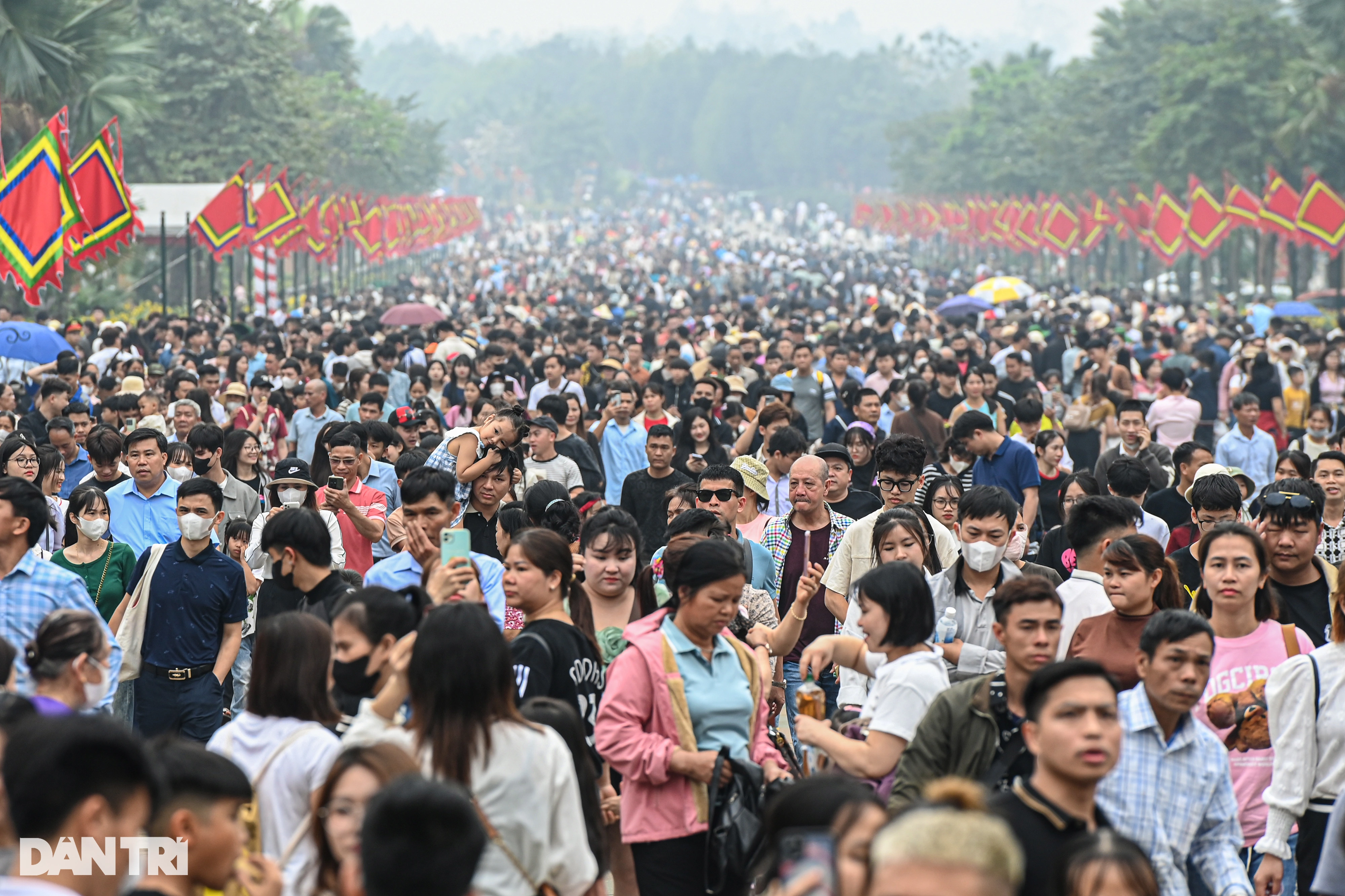
![[Photo] Military doctors in the epicenter of Myanmar](https://vstatic.vietnam.vn/vietnam/resource/IMAGE/2025/4/6/fccc76d89b12455c86e813ae7564a0af)



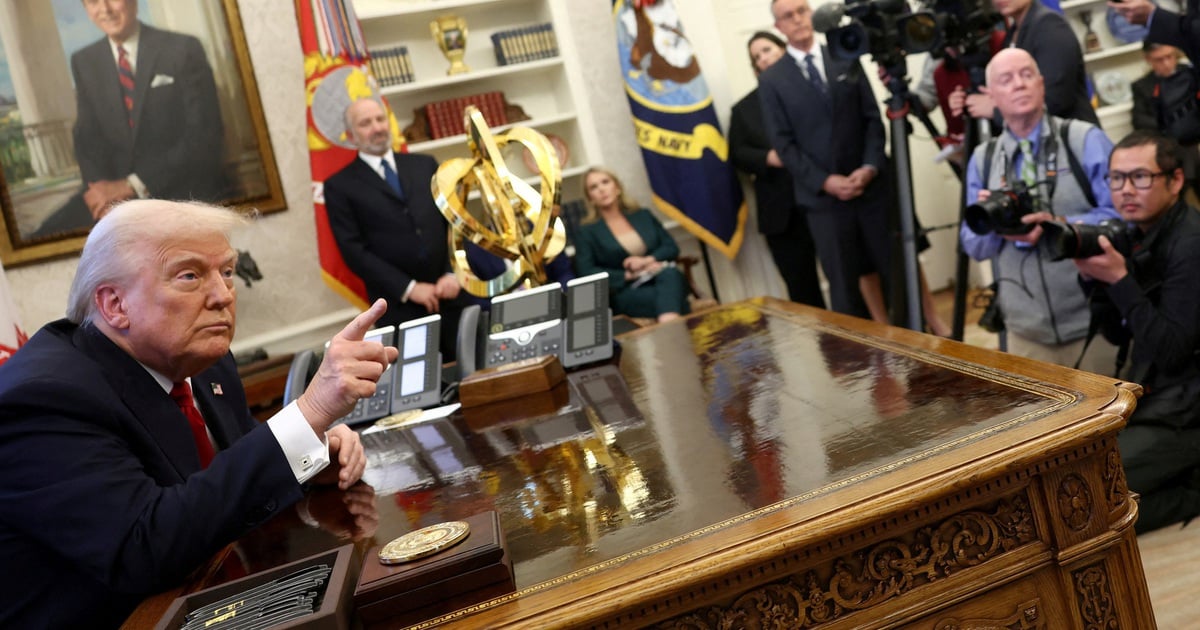
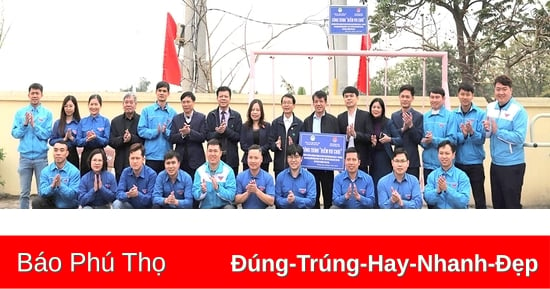

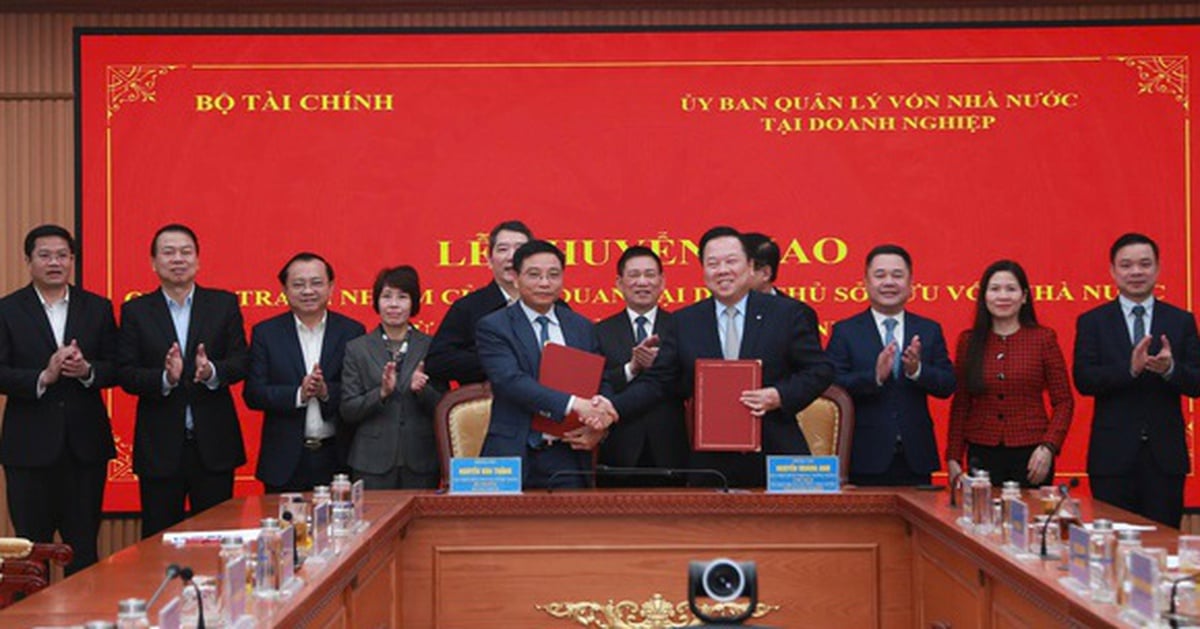

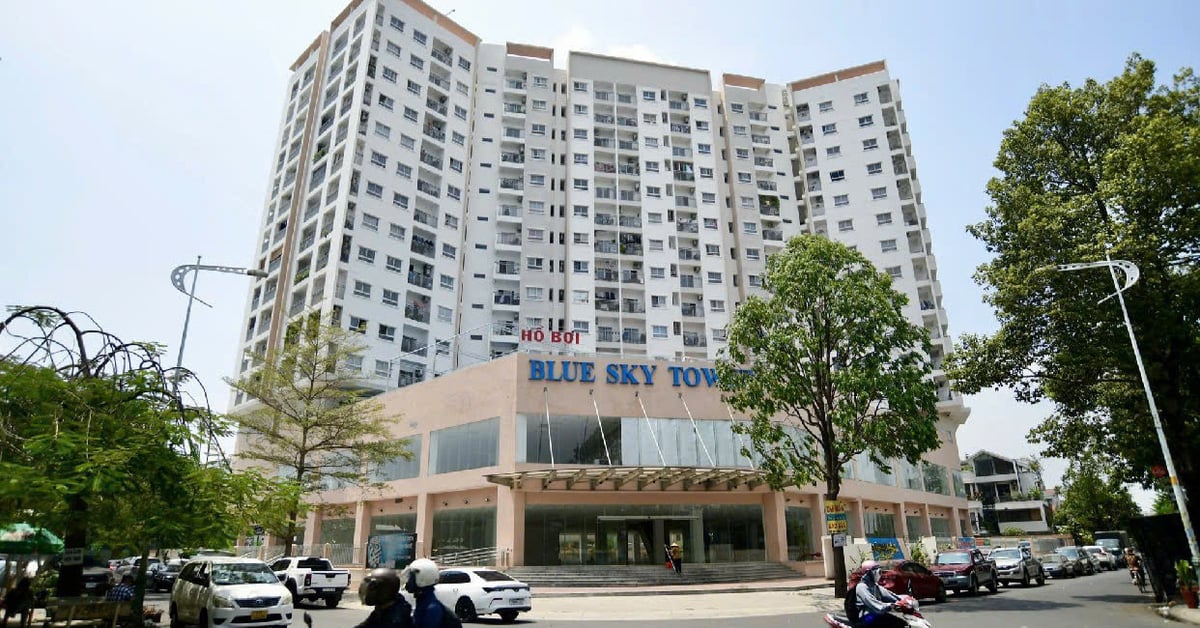
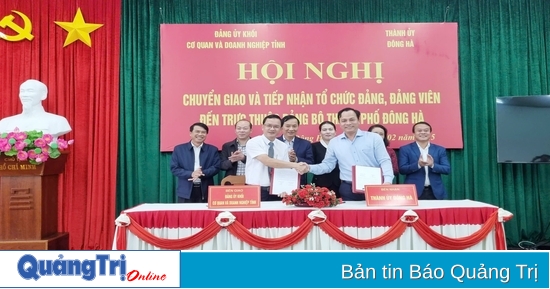
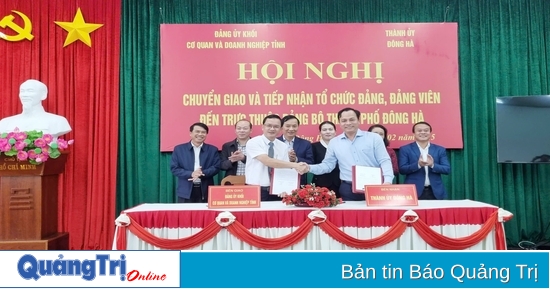
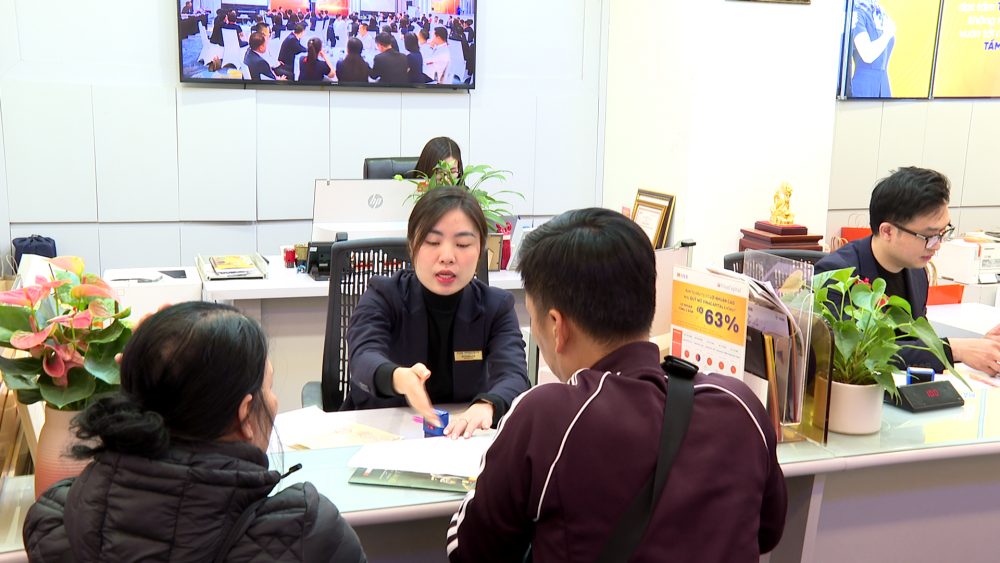

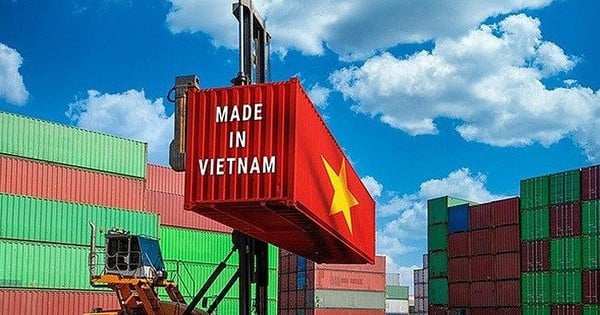
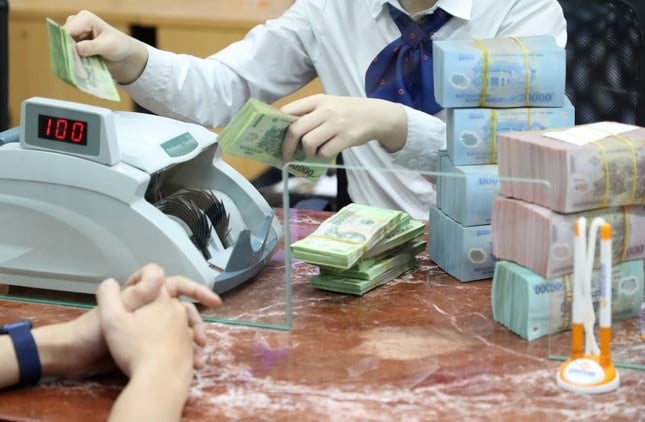
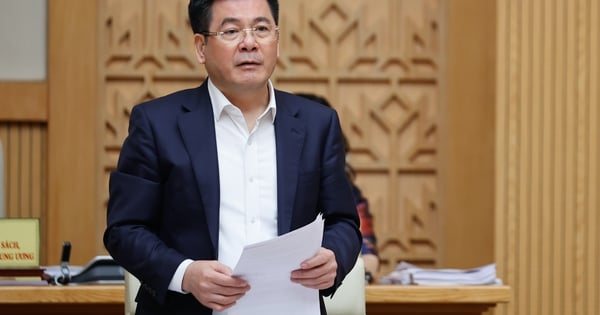
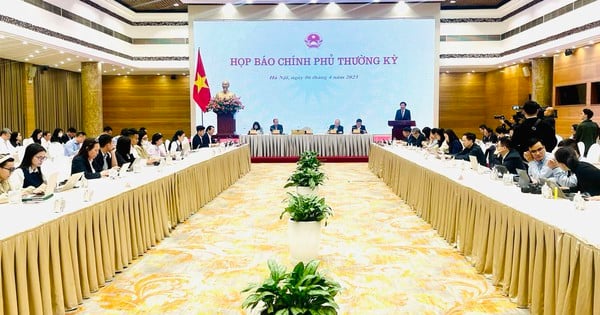

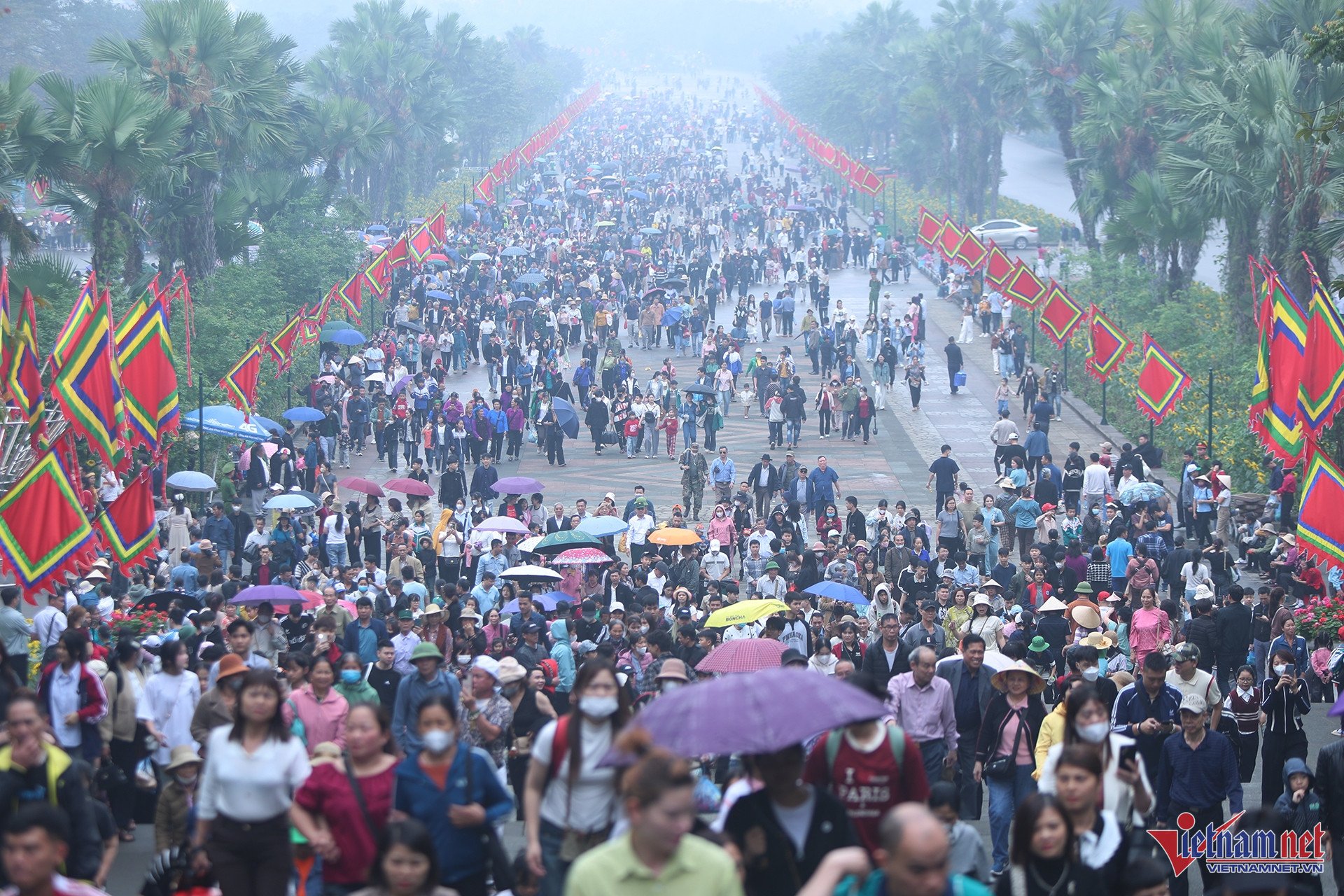
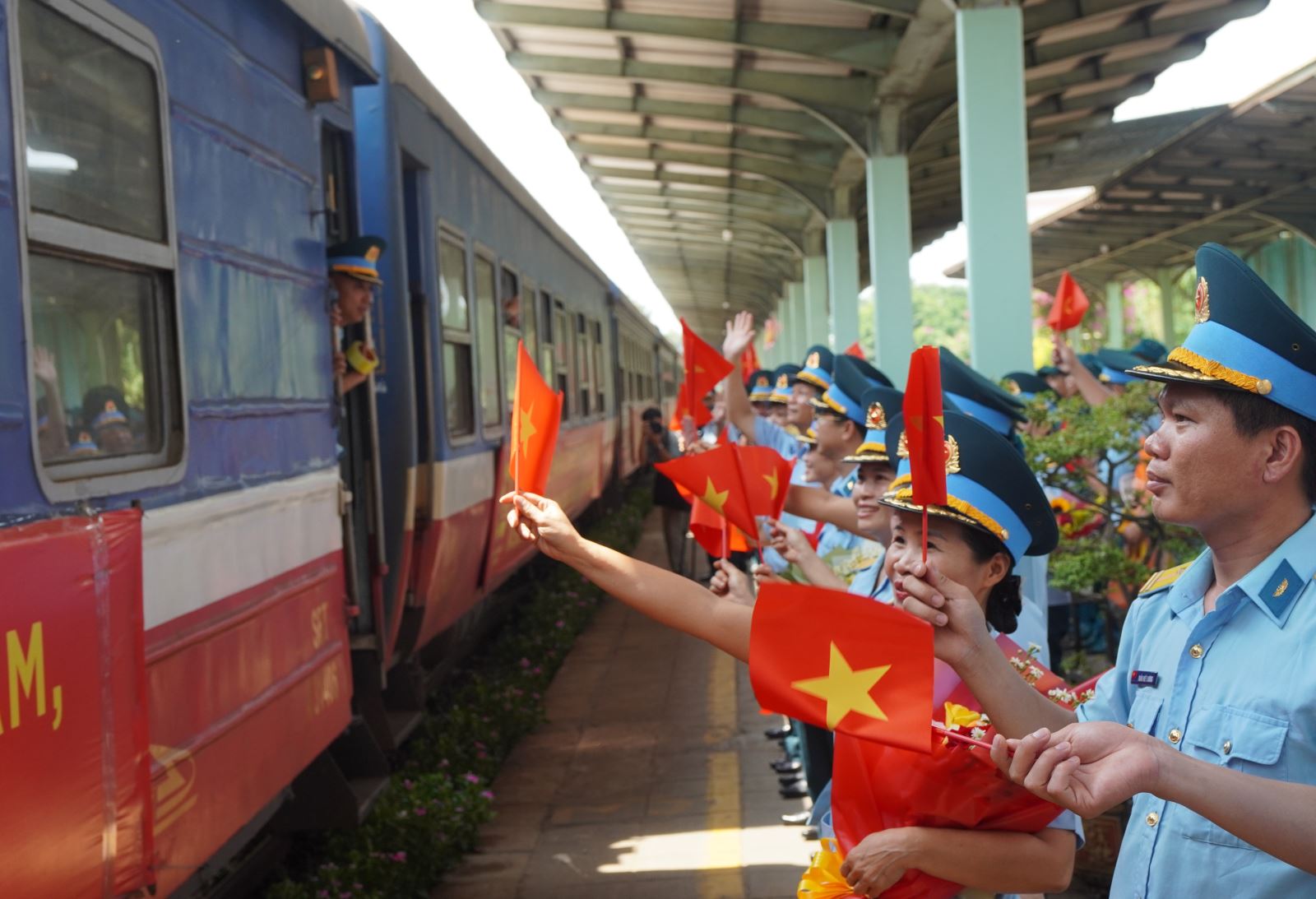
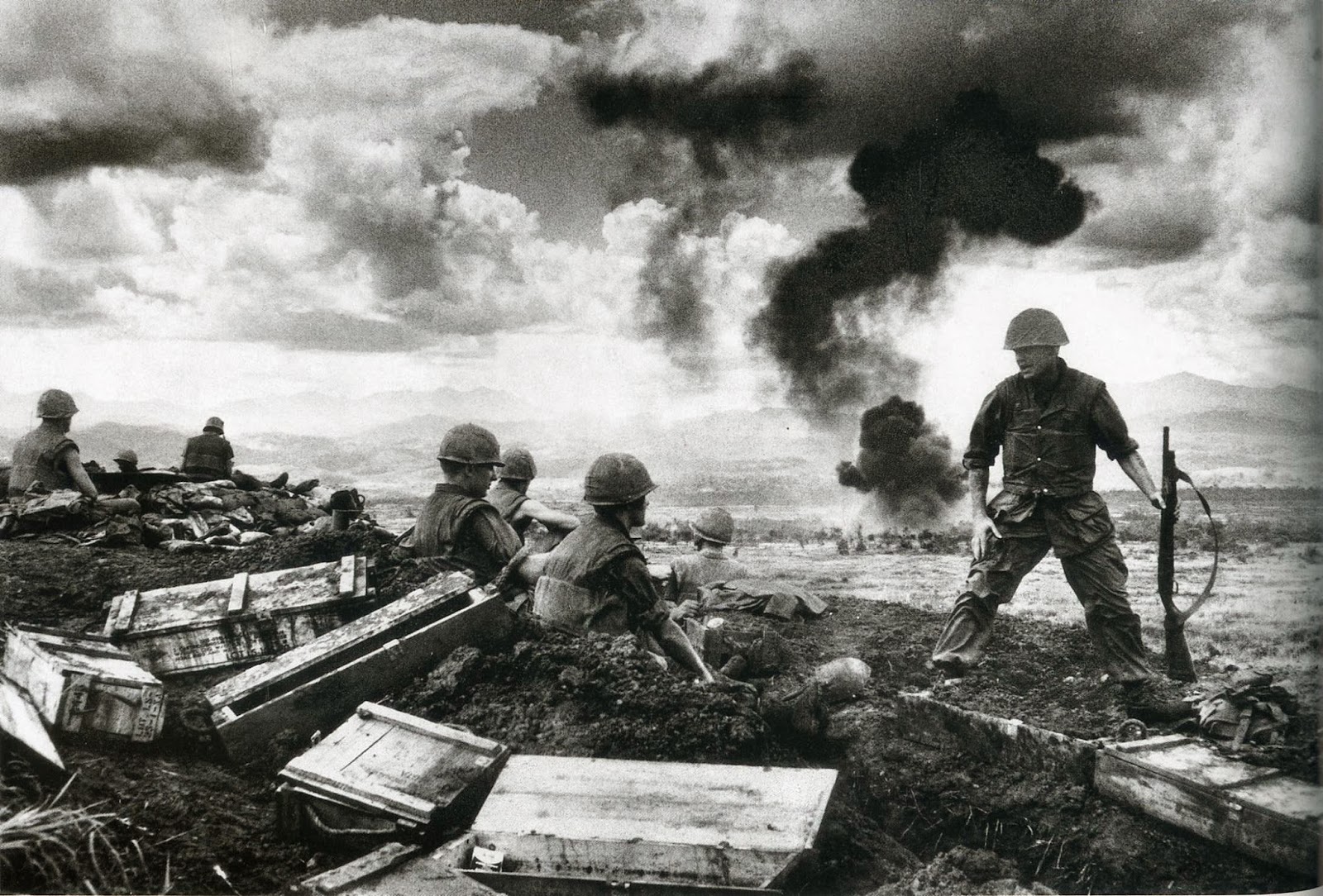


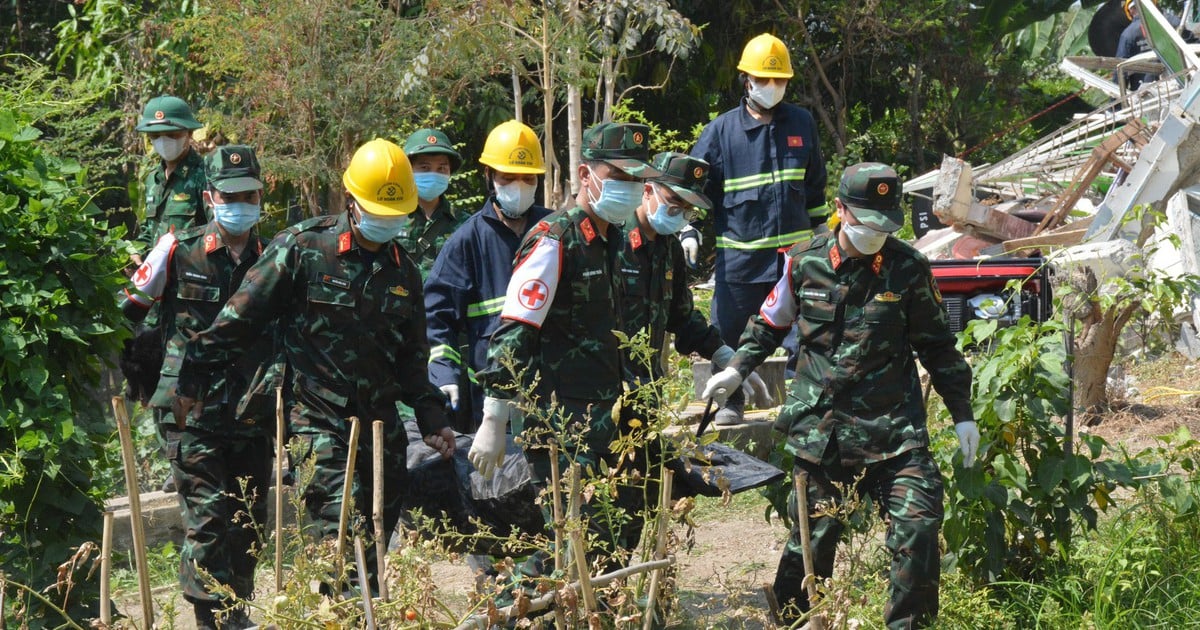

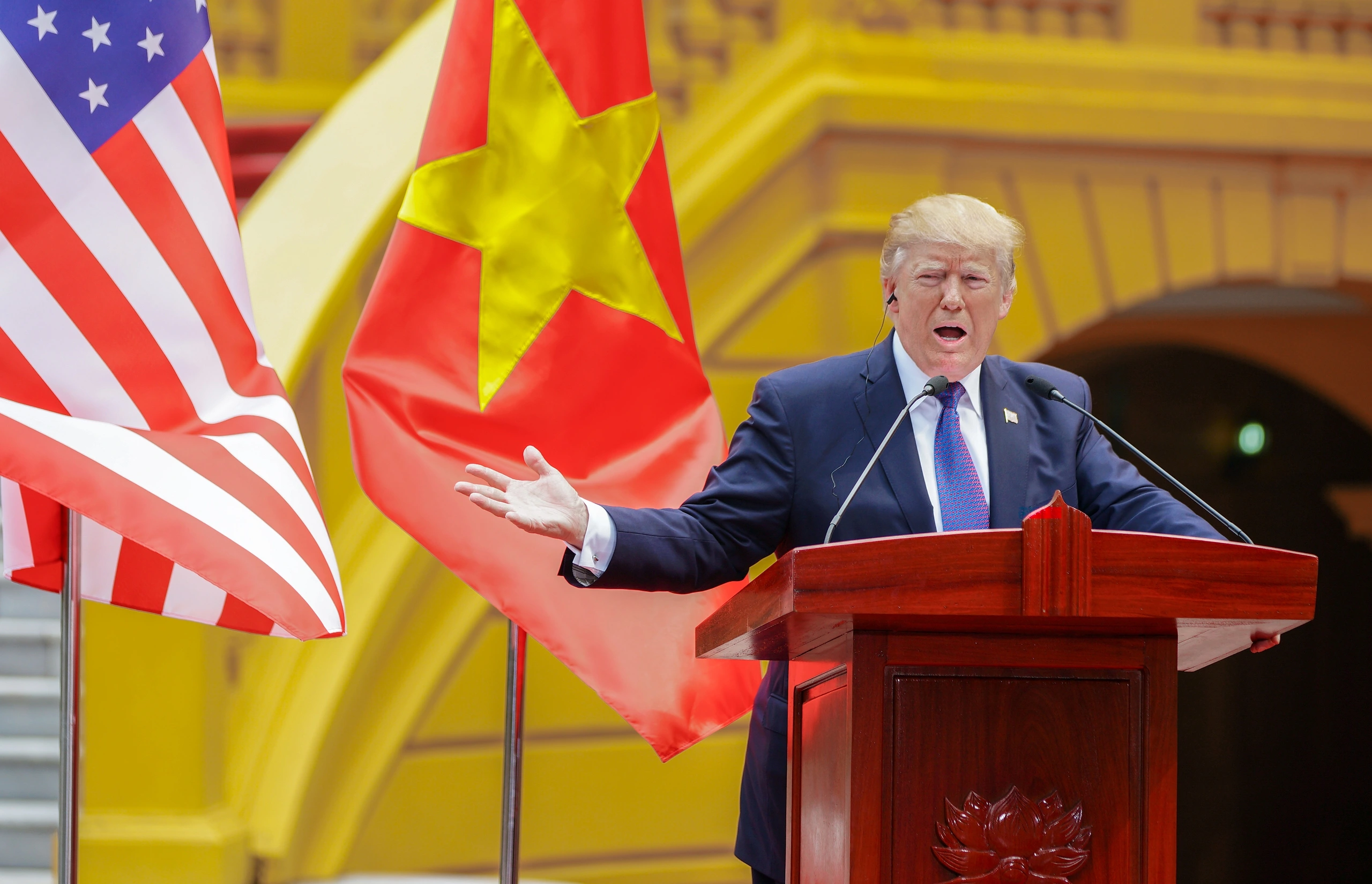






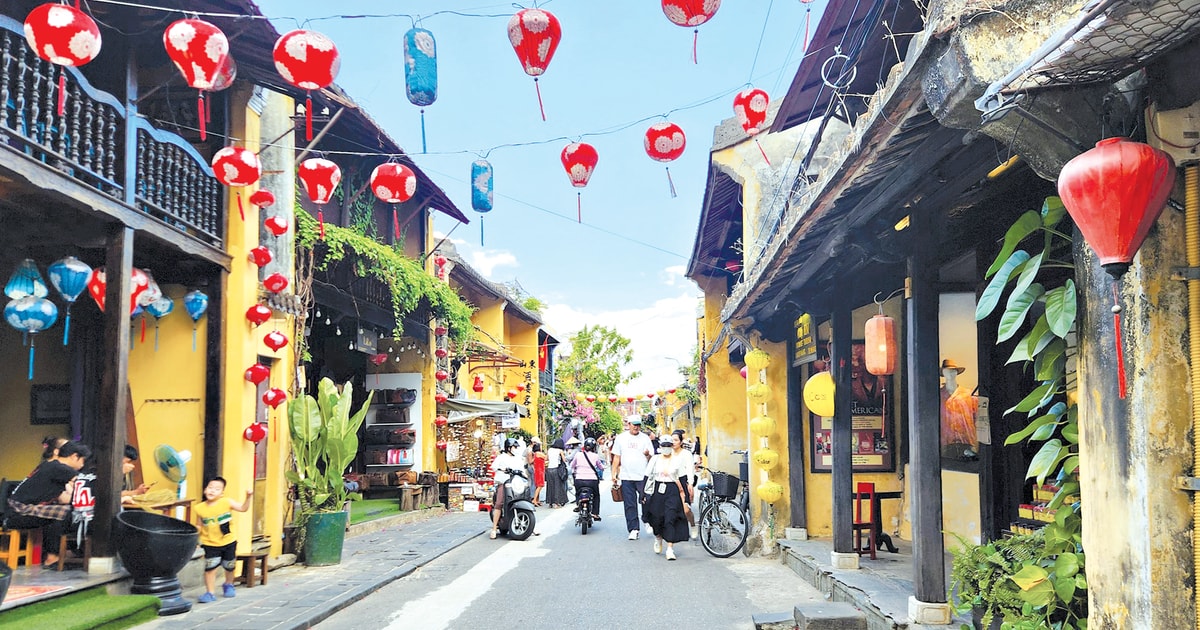

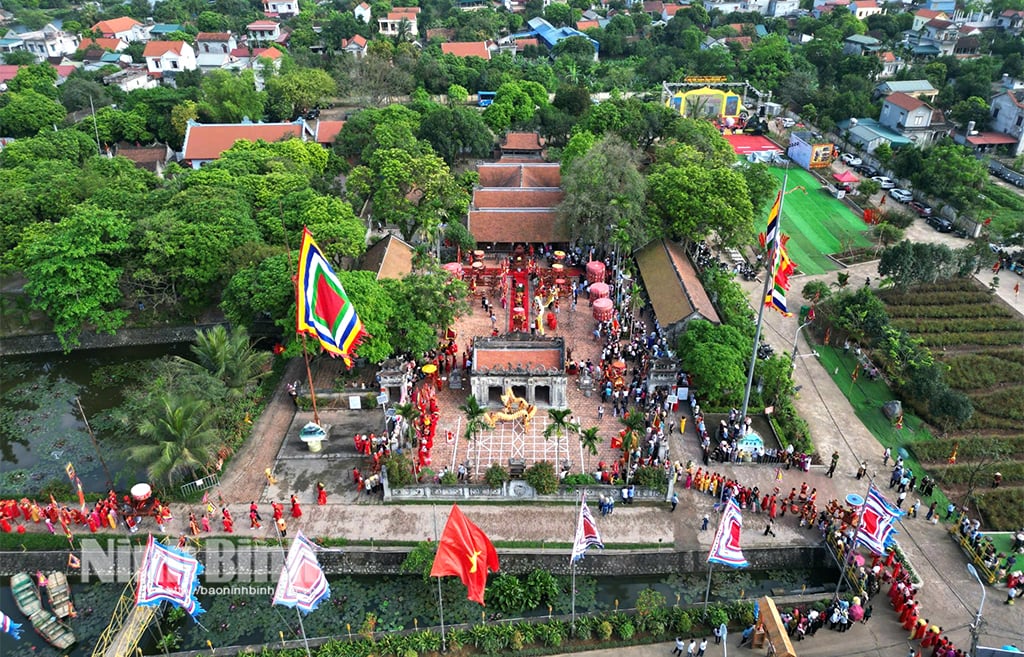



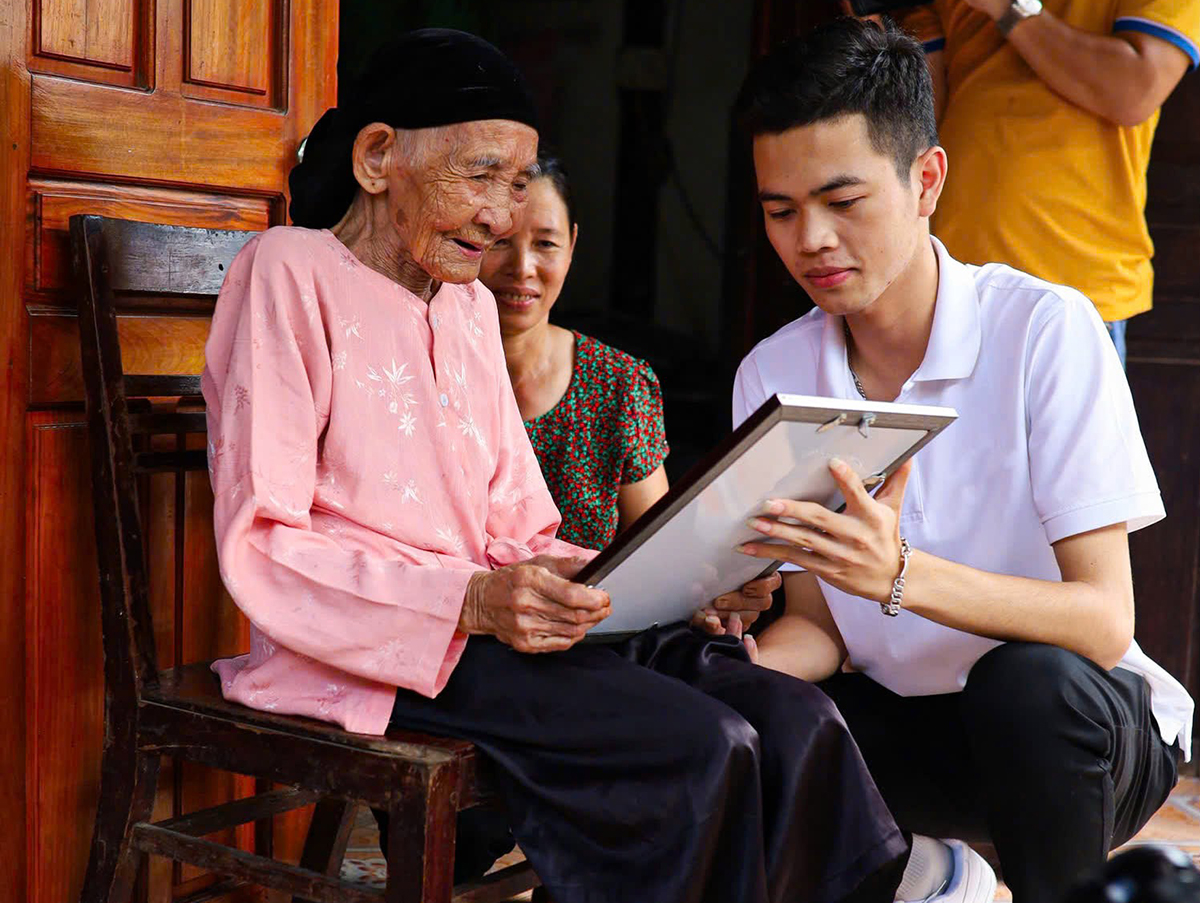

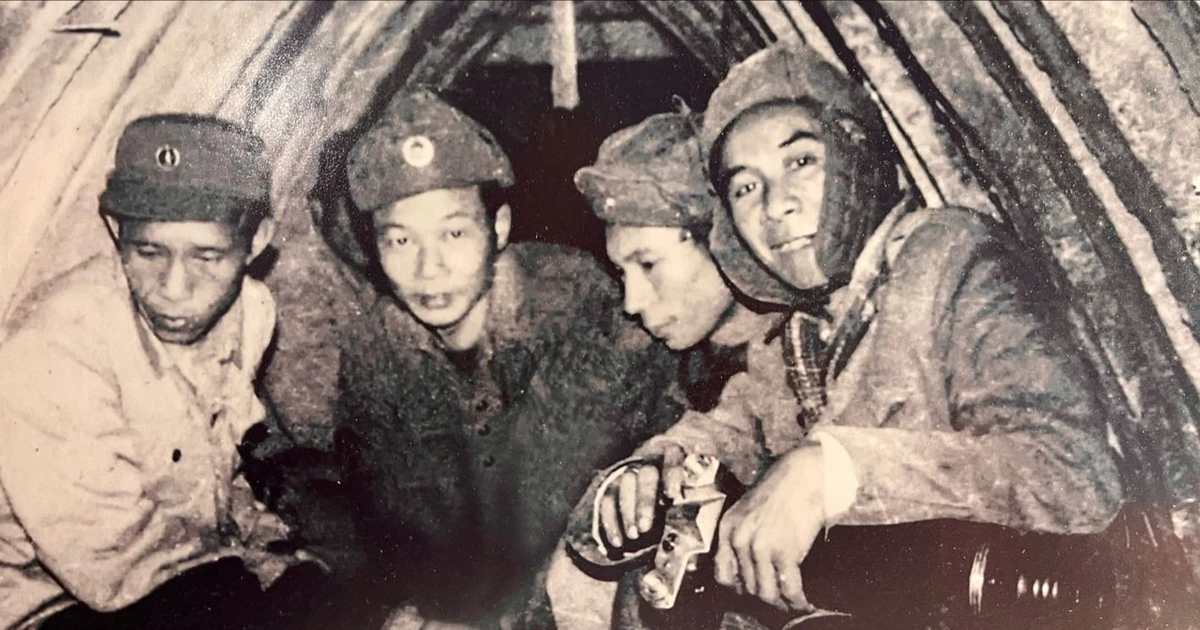








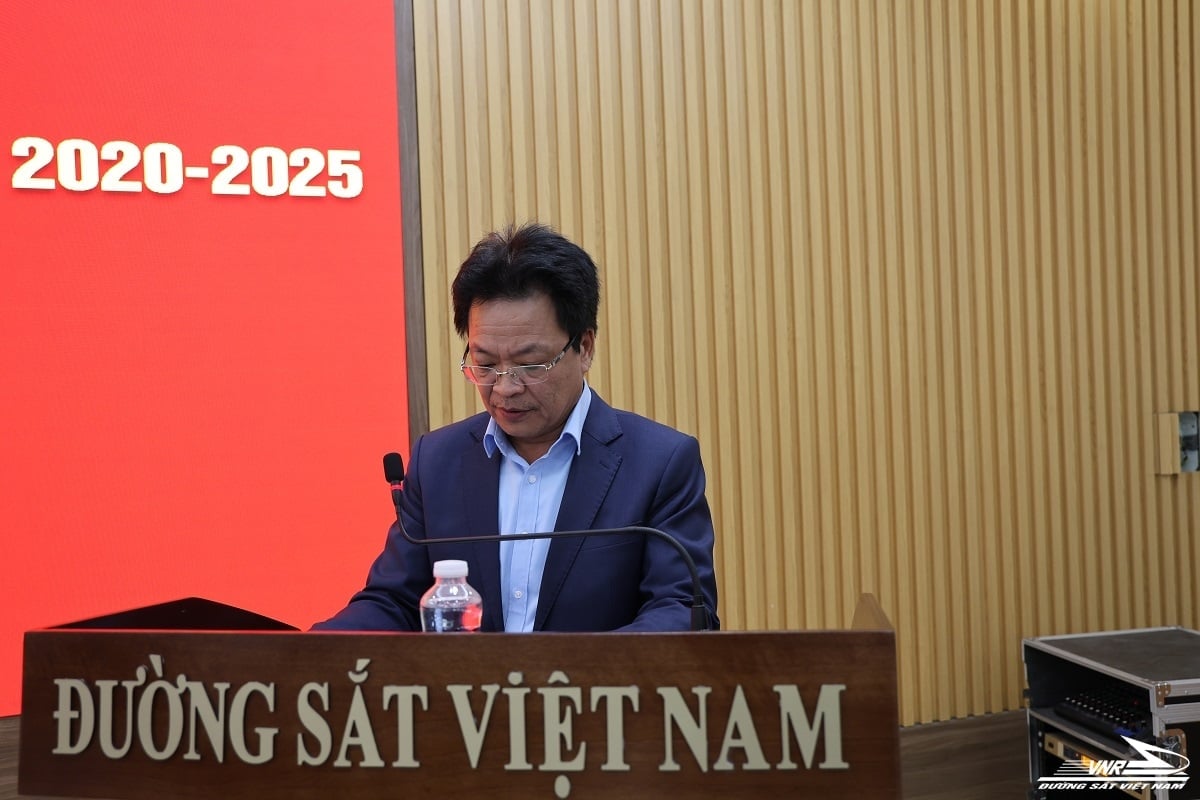
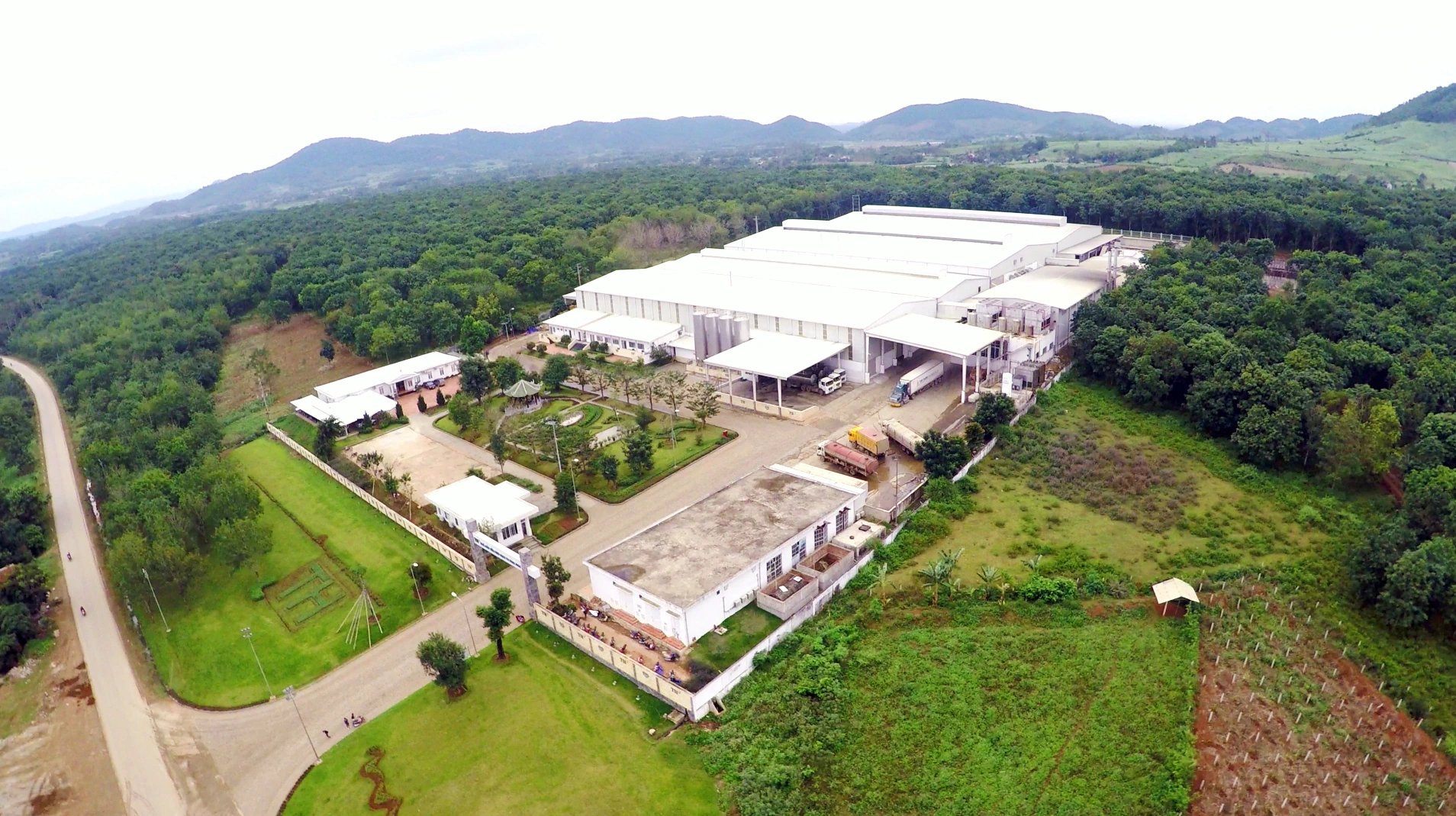





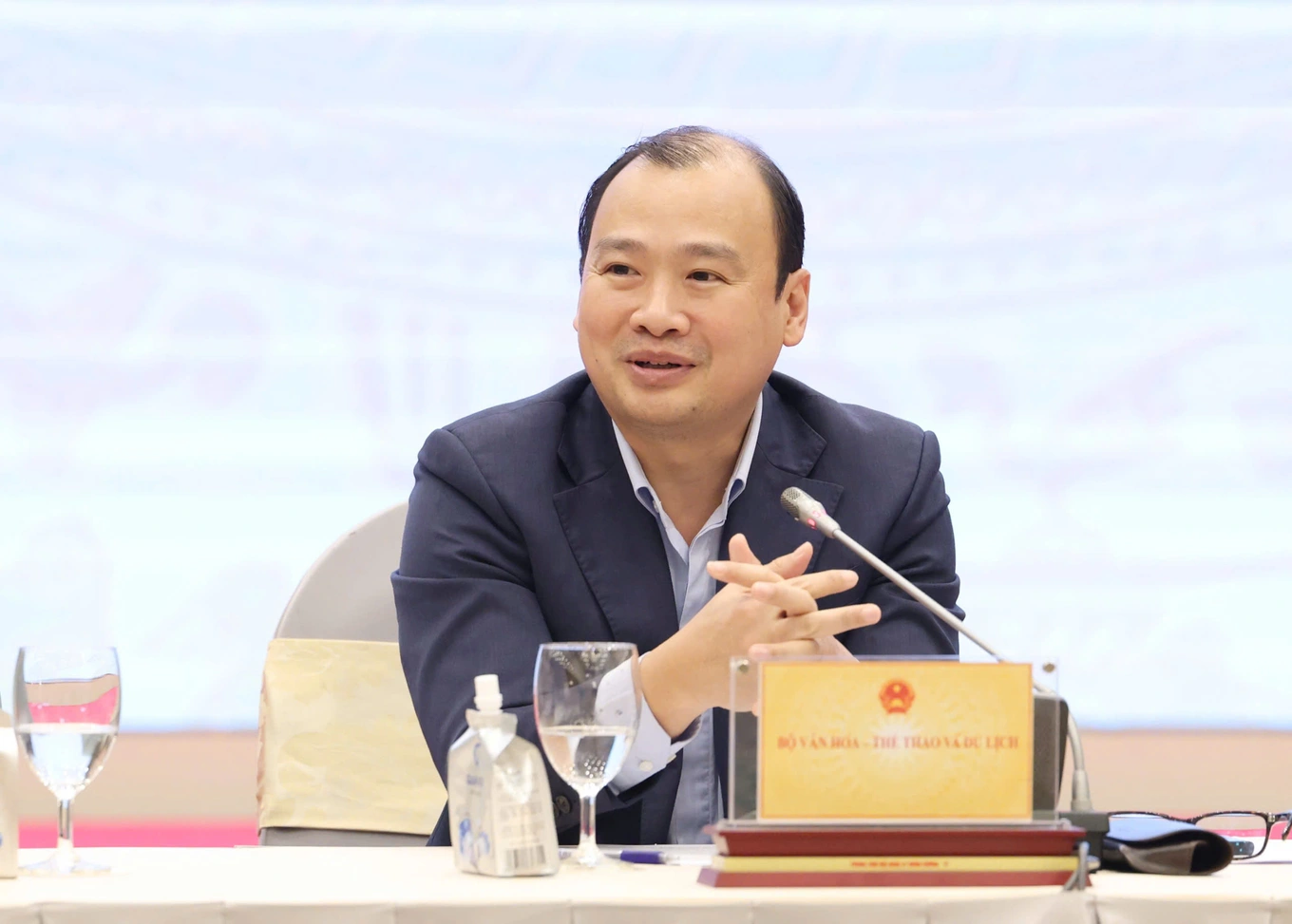












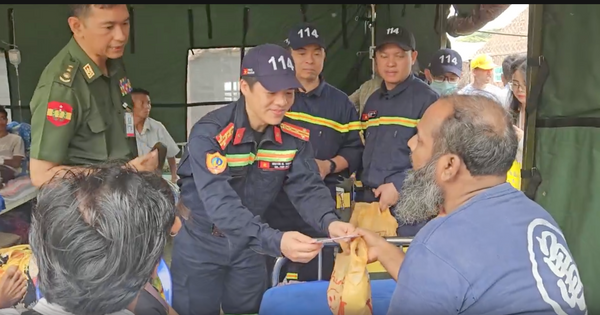

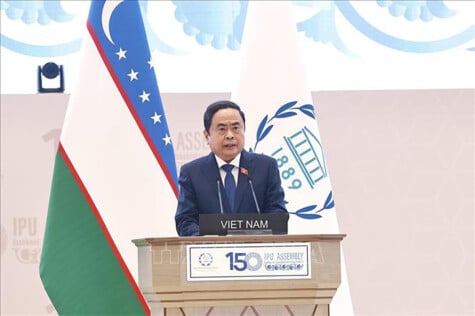
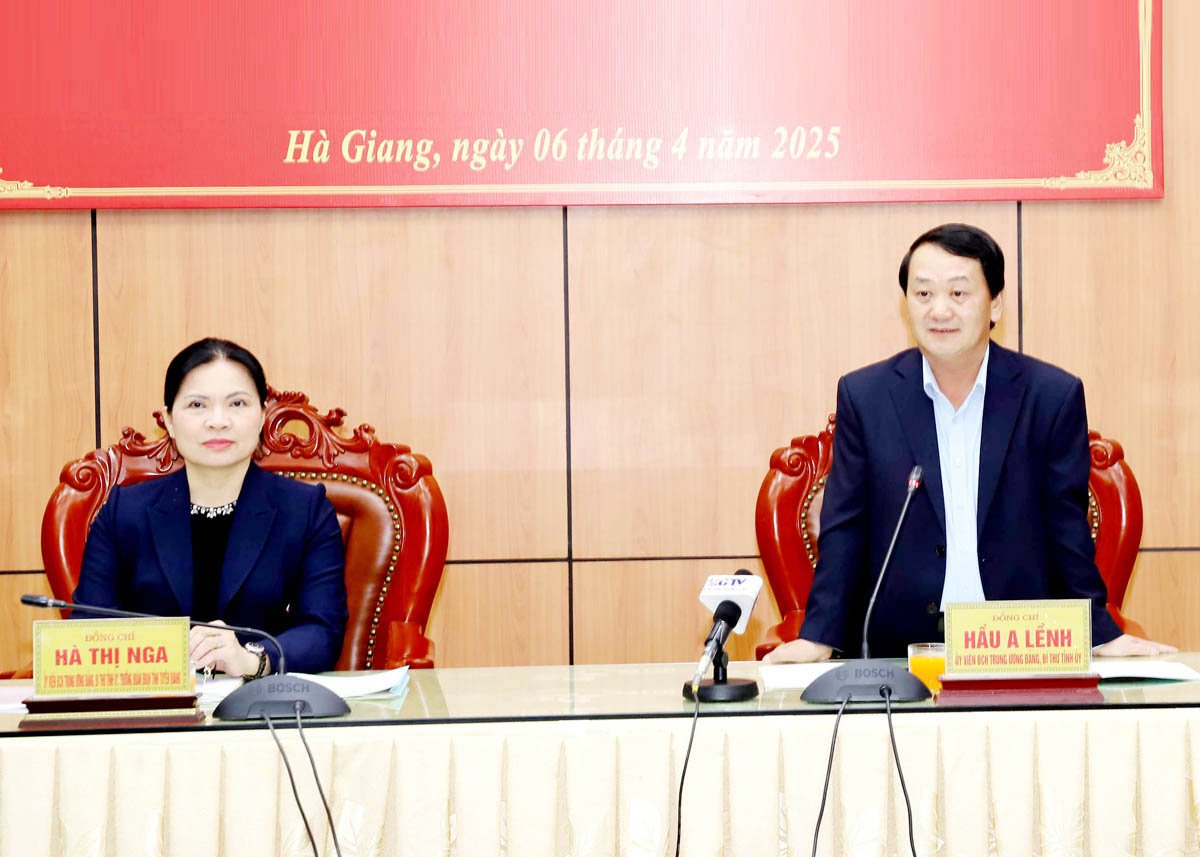



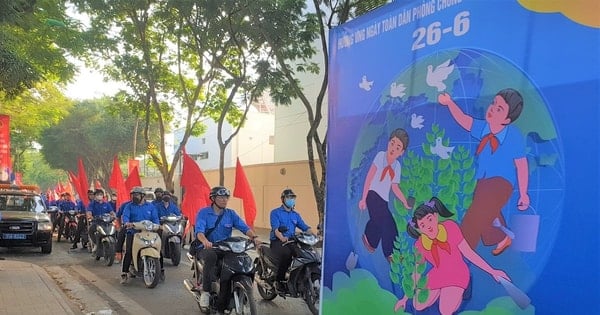


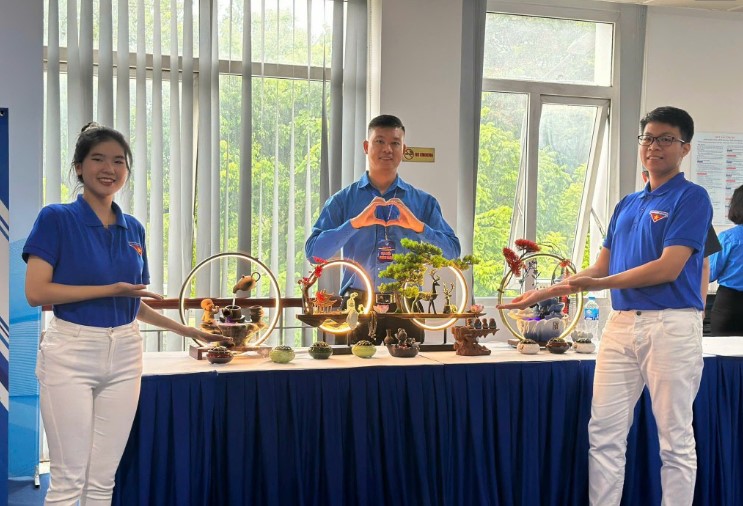
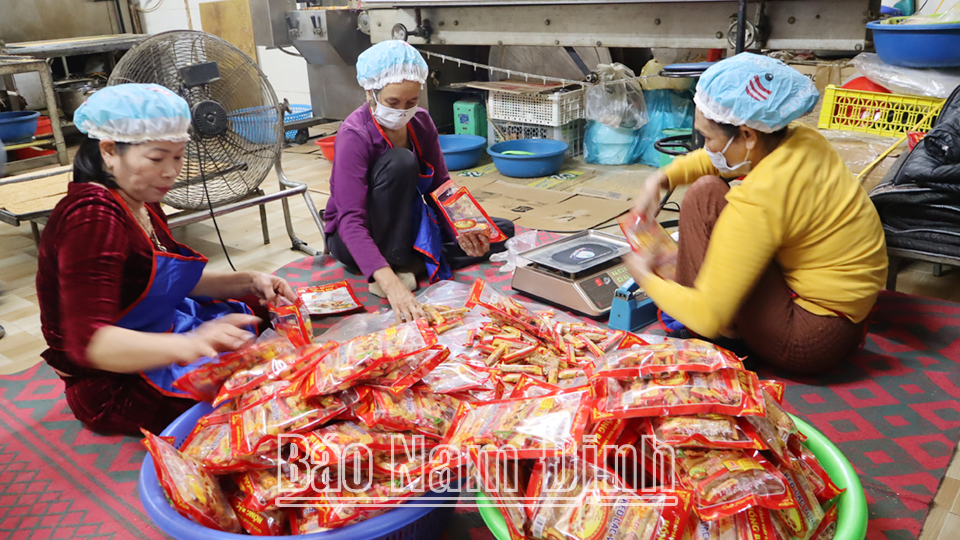





Comment (0)